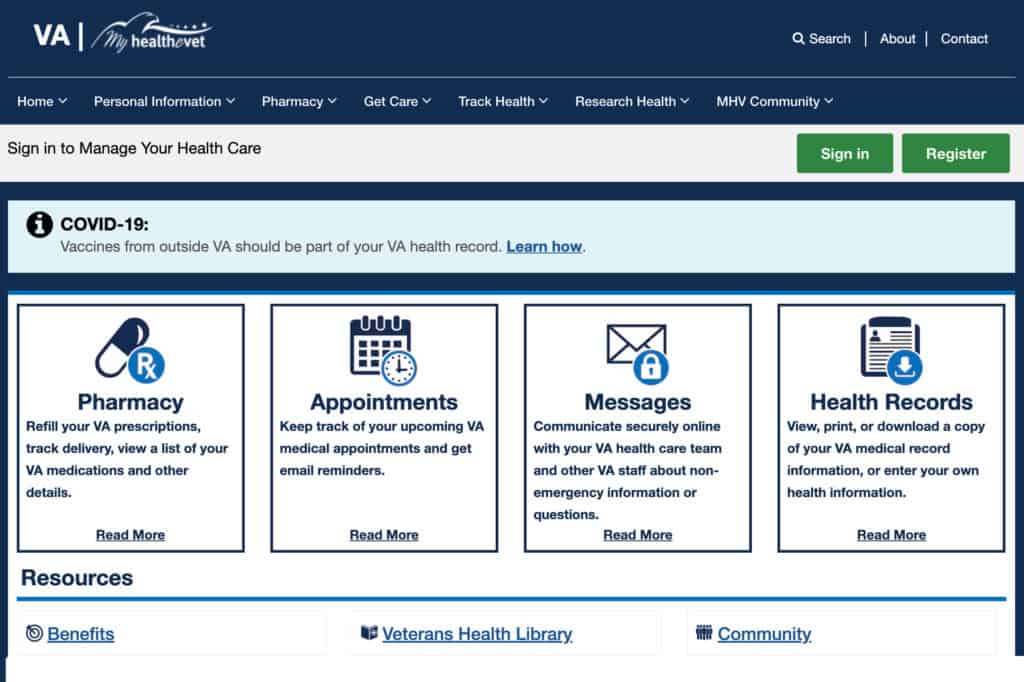VA Disability Compensation Information — What you Need to Know
American service members are in the business of putting themselves in harm’s way for the honor of their country. As a result, American Veterans who were injured while serving their country are owed a great debt of service that can never fully be repaid. The closest the US government gets to repaying this limitless debt is through the VA disability compensation pay through the Department of Veterans’ Affairs.
If you’re a Veteran that became sick or injured while serving in the military, or if your service resulted in an existing condition worsening, you may qualify for a monthly, tax-free VA disability payment. Conditions that can lead to VA disability payments may be physical, such as a chronic illness or injury, or a mental health condition such as PTSD that developed as a result of service or was present prior but was exacerbated by service.
That being said, navigating the often Byzantine layers of bureaucracy and red tape involved in qualifying for VA disability compensation can often be next to impossible. This is why we’ve put together this informative guide on how you can qualify, what the application process is, and how much compensation you can expect to receive for the pain and suffering you now experience as a result of your military service.
How to Determine Eligibility for VA Disability Compensation
Not every Veteran is eligible for disability compensation, and not every injury qualifies as a disability. The VA institutes strict guidelines in order to make these determinations. If you have a current illness or injury (what the VA calls a “condition”) that has an effect on either your mind, your body, or both, you’ll need to satisfy some requirements to be considered eligible.
First, you must satisfy one of the following two options. You must have served, either on active duty, active duty for training, or inactive duty training, or you must have a disability rating for your service-connected condition. That’s the first hurdle. Next, you have to have experienced one of the following:
- Gotten sick or injured while serving in a way that links your condition to this illness or injury. This is called an inservice disability claim.
- Had a pre-existing illness or injury before joining the military that was made worse by your service. This is called a preservice disability claim.
- Developed a disability that didn’t appear until after your service ended but that is related to your active-duty service. This is called a postservice disability claim.
If you can satisfy both of these requirements, you are eligible for compensation. This includes not just you as a Veteran but any of your qualified dependents as well.
Defining Conditions for the Purposes of Disability Claims
There are any number of injuries or illnesses that the VA classifies as qualified conditions for the purpose of claiming disability. These begin with combat-related injuries but go much farther than that; while such injuries are always a danger, not all armed service personnel are frontline combatants or suffer physical injuries during encounters.
Indeed, VA disability compensation can be available for a number of injuries and illnesses, such as chronic back pain, breathing problems, severe hearing loss, complications due to scar tissue, loss of range of motion, ulcers, and types of cancer that may have been caused by contact with toxic chemicals.
Meanwhile, it’s not just physical injuries and illnesses that qualify as conditions for VA disability compensation. Traumatic brain injury, post traumatic stress disorder, depression, and anxiety are often covered conditions. Additionally, there are some disabilities that are presumed by the VA. These include chronic illnesses that appear within one year of discharge or any illnesses caused by any Veteran who spends time as a prisoner of war.
Your Disability Rating: How Much Compensation You’ll Receive
After qualifying as having an eligible condition, you’ll receive a specific amount of compensation from the VA. How much is dependent on what’s called a “disability rating”, which is a disability percentage based on how severe your service-connected condition is in regard to how much your overall health and your ability to function is decreased from normal.
If you have multiple disabilities, your overall combined rating may be different than the sum of all your individual ratings, as calculating your combined rating usually involves more than just that.
The VA bases your disability rating on a number of factors. These include the evidence you present, such as medical test results or doctor’s reports, information gotten from federal agencies and other sources, and the results of your VA claim exam, sometimes called a compensation and pension exam, if the VA determines such an additional exam is necessary.
In the case of a disability that was present before entering service but became worse as a result of that service, your disability rating is based on how much your military service aggravated your preservice disability.
Ratings and Exact Compensation Levels
The amount of compensation you receive from the VA changes from time to time, due to adjustments made for increases in cost of living, for example. The current valuations, which have been effective since December 1st, 2019, are broken down in the following manner:
Tier One: 10% to 20% Disabled
Veterans determined to be 10% disabled receive $142.29 a month. Veterans with a 20% disability receive $281.27 a month. This amount remains the same regardless of if you have any dependents such as children, parents, or a spouse.
Tier Two: 30% to 60% Disabled
This tier of disability takes into account whether you have dependents, such as a spouse, parents, or children. These disability levels can be as low as $435.69 for a single Veteran with a 30% disability with no dependents to as high as $1,477.68 for a Veteran with a 60% disability, a spouse, two dependent parents, and two dependent children.
Tier Three: 70% to 100% Disabled
This disability tier, like the one before it, takes into account a Veteran’s dependent status, and rightfully awards the highest monthly compensation amounts. A Veteran living with no dependents would be eligible for between $1,426.17 and $3,106.04 a month for disabilities totaling between 70% to 100% disabled. A Veteran with dependents, meanwhile, could earn between $1,733.17 and $3,545.02 if they had a spouse, two dependent parents, and up to two dependent children for disability ranges between 70% and 100%.
In the end, there are other factors that change your total compensation. If you have more than two children, for example, you’re entitled to additional monthly compensation per child. Also, if your spouse receives Aid and Attendance benefits, which are related to whether a Veteran or survivor needs another person to help them perform daily activities, like bathing, feeding, and dressing, your monthly compensation figure is also increased.
Other Benefits Related to VA Disability
For the sake of completeness, there are other types of monetary benefits that may come into play for the families of Veterans, especially those that died from a service-related injury or illness or a service member that died in the line of duty and left a surviving spouse, parents, or children. These benefits are known as VA Dependency and Indemnity Compensation.
Qualifications and eligibility differ, as do compensation rates, in comparison to the way the VA determines whether a Veteran is qualified to receive disability compensation; including requirements for spouses to have been married to the Veteran for specific amounts of time, for the parents of the Veteran to have an income level below a specific amount, and for a child to be unmarried, under a certain age, and not included on a surviving spouse’s compensation.
Monthly compensation rates vary as well, with a single spouse receiving $1,340.14 a month or a single child with no surviving spouse receiving $565.84; surviving parent rates are much lower in comparison. Spouses with disabilities of their own, spouses who were married to their totally disabled Veterans partners at least 8 years prior to the Veteran’s death, or who have 1 or more children under the age of 18 qualify for additional funds.
Supporting Our Nation’s Veterans
VA disability compensation is just one way the United States can and should be supporting our nation’s Veterans. Brave men and women that willingly serve in our country’s armed forces deserve to be treated with the utmost respect for their sacrifice, especially when it comes to the aftereffects of that service on their physical, mental, and emotional health.
We can never repay the debt we owe these selfless service members, but we can do our best to make it right. That’s why providing ill or injured Veterans with VA disability compensation is so crucial to our identity as Americans.
You can be a part of our mission to help Veterans by making a tax-deductible donation!
About the Author
SUBSCRIBE TO OUR BLOG AND NEWS!
By submitting this form, you are granting: NATIONAL VETERANS FOUNDATION INC permission to email you. You may unsubscribe via the link found at the bottom of every email. (See our Email Privacy Policy for details.)
Related Posts





